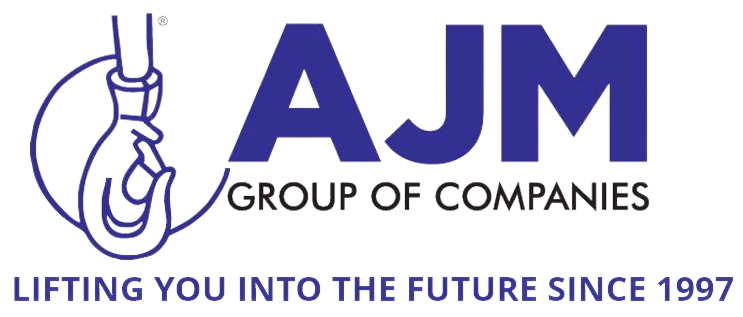Steel wire rope hoists are crucial tools for many businesses that require heavy loads to be lifted for whatever reason. Whether it’s a construction company that needs a machine to lift up material to the builders or a factory worker who needs to move heavy loads from one point to another, these powerful hoists provide convenience and peace of mind.
As such, it’s essential that business owners take into consideration several important factors before purchasing their steel wire rope hoists. We put together a list of some of these factors to help you make an informed decision when browsing our stock of affordable hoists.
- How many lifts at a time do you expect to have?
This question may seem obvious at face value, but it requires some real and attentive thought. The more lifts that are needed at a time, the stronger your hoist will have to be to handle the load. Having a hoist fail on you because of overestimation will unnecessarily set you and your business back. Don’t take that risk for the sake of saving a few bucks on a cheaper but weaker hoist.
- What’s the average daily lift weight?
You’ll need to work out the weight of the heaviest object that needs lifting. Once you’ve got an idea of that, you’ll want to opt for a hoist that provides more weight capacity. This is important because there may come a point when your hoist will be required to lift heavier loads than you originally anticipated.
- Do you anticipate any changes in load weight in future?
If you fail to foresee the kinds of loads and objects your hoist will need to lift in future, and you make a purchasing decision based only on current needs, you’ll just put yourself at an operational disadvantage when the future becomes the present. This could lead to workplace injuries (and ensuing lawsuits) as well as costs in the way of damages hoist replacement.
Our range of steel wire cable hoists are designed to handle different loads and have varying weight capacities. Get in touch today so we can help youto let us help you decide which one would suit your needs.
Pro-tip: it’s never a bad time to invest in shock load prevention measures, it could save a life!
